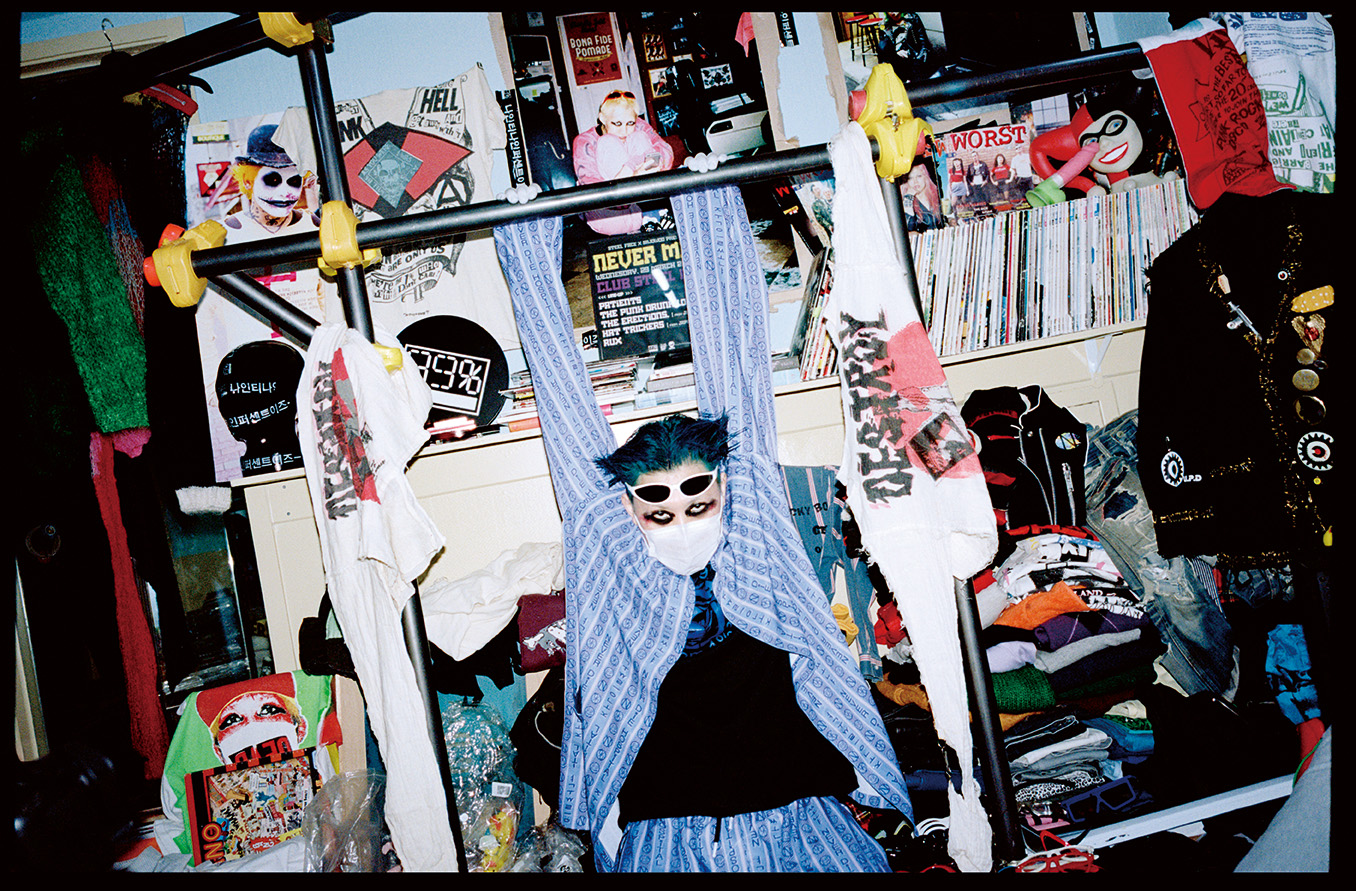
BTS. Squid Game. Even PSY’s semi-irksome 2012 hit ‘Gangnam Style’. For at least the last decade, the rise of South Korean culture has been nigh impossible to ignore. And now, a new book from author Fiona Bae captures the voices of those continuing to lead the charge of a fast-evolving K-Style.
We spoke to Bae about the process of curating her interview-heavy book, why K-Style has become the force it is and what the future holds for this truly global phenomenon.
In 1997, a Korean family drama was aired by China’s state broadcaster, CCTV. The show, What Is Love?, centred around two families with sharply contrasting values: one conservative, patriotic family, and a modern, liberal household, brought together by the marriage of an eldest son and daughter. Ironically, given the show’s setup, it would be one of Korea’s first cultural exports to supercharge it into becoming the contemporary soft power(house) it is today.
The show proved immensely popular, and when it was re-aired a year later on CCTV’s primetime slot, it received the second-highest ratings ever recorded in Chinese television history at the time. This also gave rise to a new expression: ‘Hallyu’, a Chinese term which translates simply as “Korean wave”. The term has proved apt. Yet What Is Love? was ultimately a mere drop in the ocean of Korean cultural dominance.
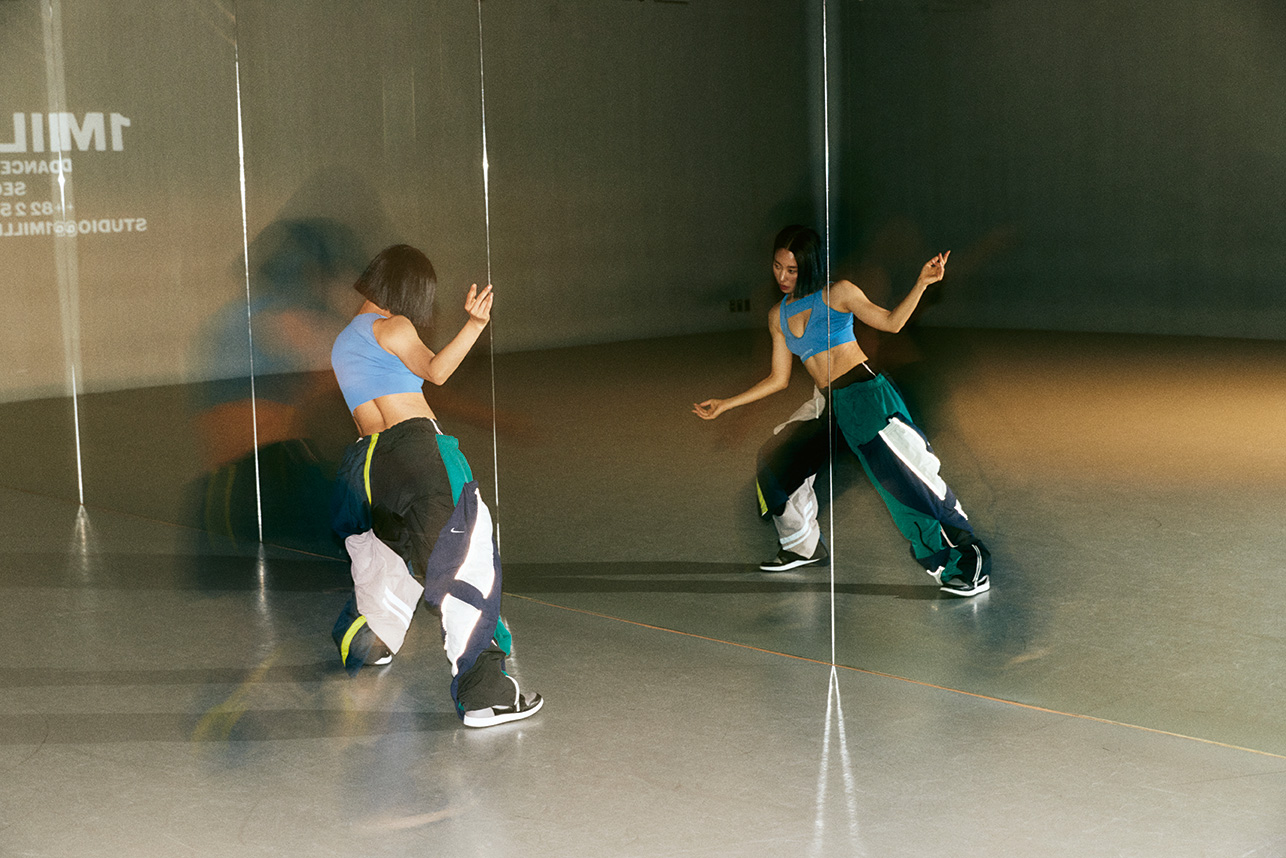
© 2022 less_TAEKYUN KIM
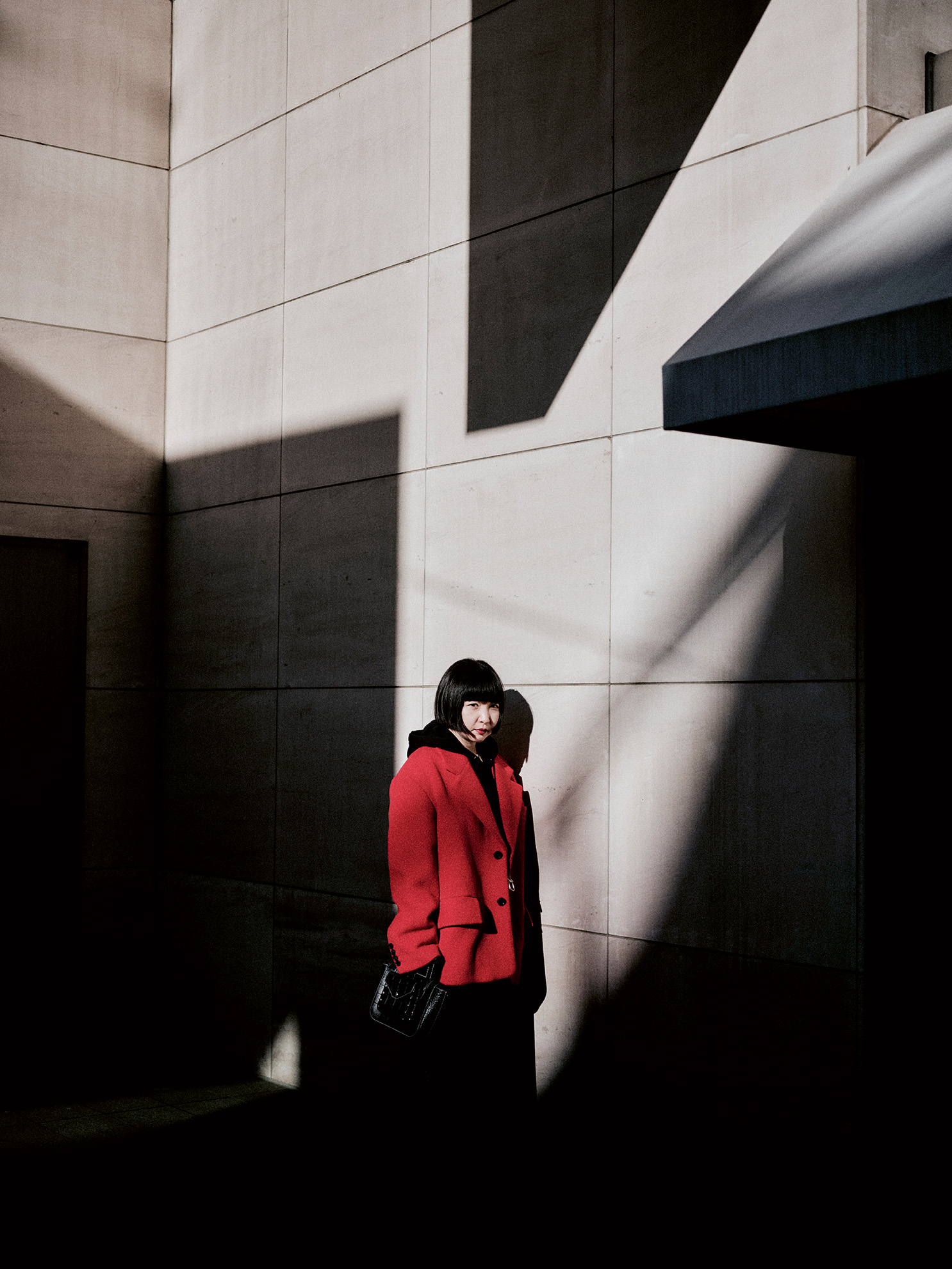
© 2022 less_TAEKYUN KIM
In fact, a survey published earlier this year by the Korea Foundation has found that – albeit with the give-or-take that often accompanies such surveys – the number of ‘Hallyu’ fans around the world now stands at some 156.6 million. More remarkably, that’s a 17-fold growth in the past decade.
Fiona Bae, author of a brand-new book – Make, Break, Remix: The Rise of K-Style – believes this tidal wave of ‘Hallyu’, which she now simply calls ‘K-Style’, is largely the result of Korea’s traditional values converging with the modern age. An historical culture acting as an incubator for modern design, art and expression; absorbing new things and transmitting them to the world like never before in the digital age.
“I think the ingredients have been always there,” she told whynow. “So, that includes the work ethic, and the fact Koreans are very flexible to changes. There has been such a rapidly growing economy and society [in Korea], that Koreans have become very adaptable. And we have this yearning for learning from a Confucianism background. So we like to know what’s cool and what’s new. And we are very quick at adopting it.
“Then there was good timing for us, with the digital transformation, in terms of the speed we could absorb what’s cool. High school students in Korea know how to browse everything from abroad, and they will try to do it. It’s in their DNA. And the digital transformation happens on the other side as well; promoting and distributing what we have created has become so much easier.

© 2022 less_TAEKYUN KIM
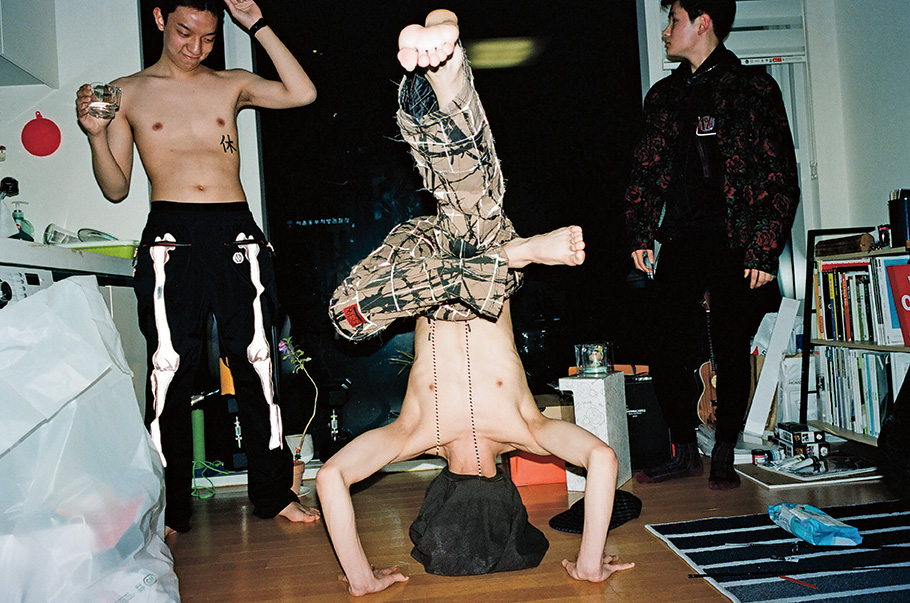
© 2022 less_TAEKYUN KIM
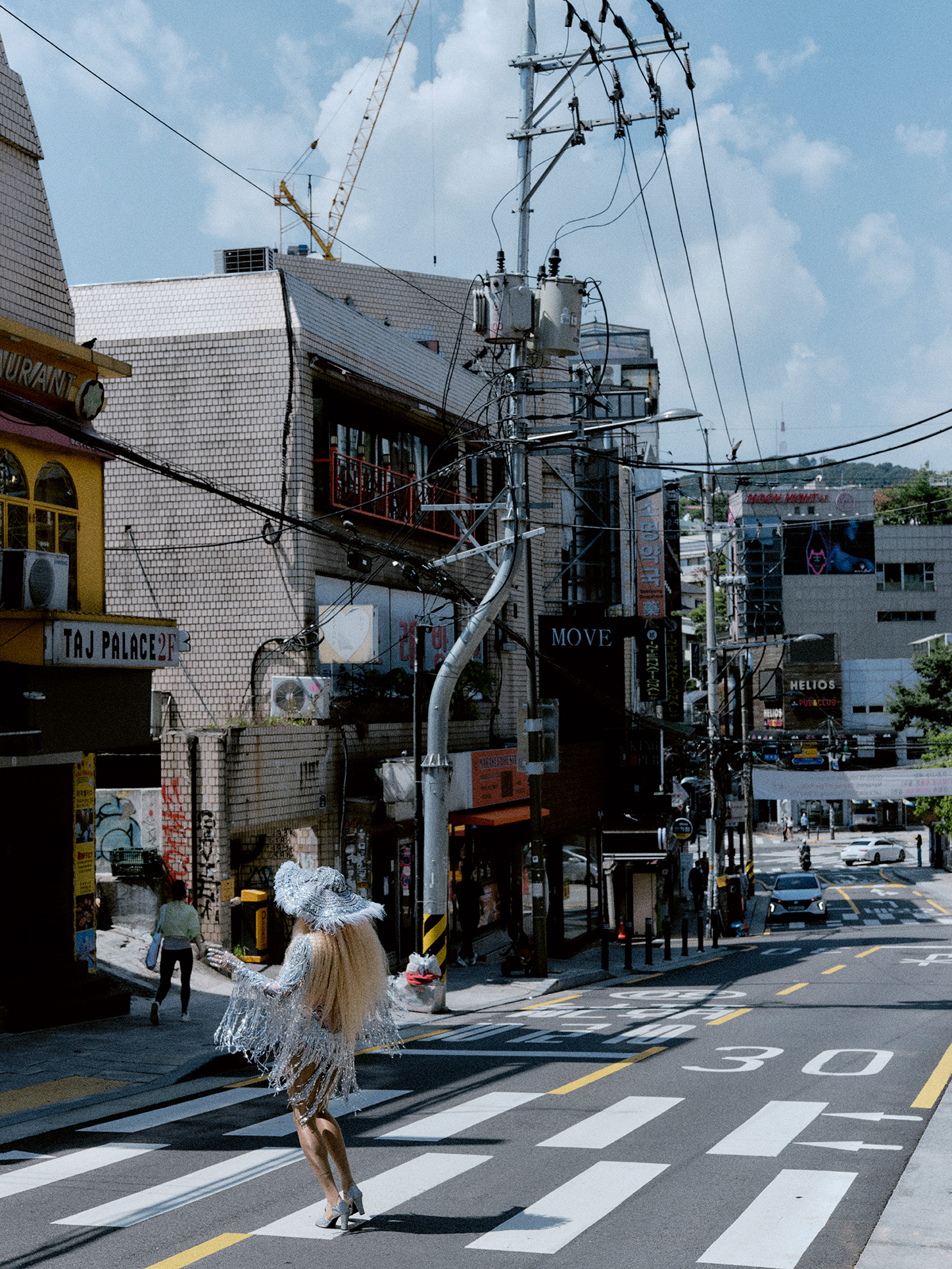
© 2022 less_TAEKYUN KIM
“Also, I think it’s a time people, globally, are quite disenchanted by Western values and are looking for new things, more than ever; they’re looking at dynamic Asia, and Asia is all looking to Korea. Plus, I think it’s a time that originality and copying is becoming more blurred; so what Koreans do by re-mixing everything and creating something of their own gives them new authenticity.”
It was this spirit that helped Fiona devise the title of her book – something which took her a good few months to decide on. “‘Remix’ was actually the easiest word [to come up with],” she says. “It came up so many times when I was interviewing a lot of creatives, who were saying, ‘We try to find what’s cool, whether it’s French, Japanese, or American, and we remix it.’ For ‘make’ and ‘break’, I thought about how these creators are so constantly trying to come up with something but are then not afraid to move on. I came to realise that K-Style is an attitude of young Korean creators, that they’re bold and brave.”
It’s an attitude, too, that’s brilliantly captured in many of the book’s glossy photos by photographer Taekyun Kim (who goes by @less_photo) – chosen because of his “raw and very low-profile approach”. And due to his reputation among Korean tastemakers, Fiona adds, it “significantly helped secure a lot of the interviewees. Because I think around 90% of them had already worked with him. So they trusted him.”
Among the litany of those captured in the book (21 in total), there’s a real sense of daring design. From the very first conversation with choreographer Lia Kim, founder of Seoul’s 1MILLION Dance Studio – which has helped some of the country’s most well-known K-Pop ‘idols’ – through to the impossibly edgy founder of streetwear brand 99%IS-, Bajowoo; and Lim Kim, a former ‘idol’ who left the MYSTIC Entertainment label to forge her own path in the industry in 2016. There’s a boldness and innovation amongst them all, underpinned by a dedicated spirit.

© 2022 less_TAEKYUN KIM

© 2022 less_TAEKYUN KIM
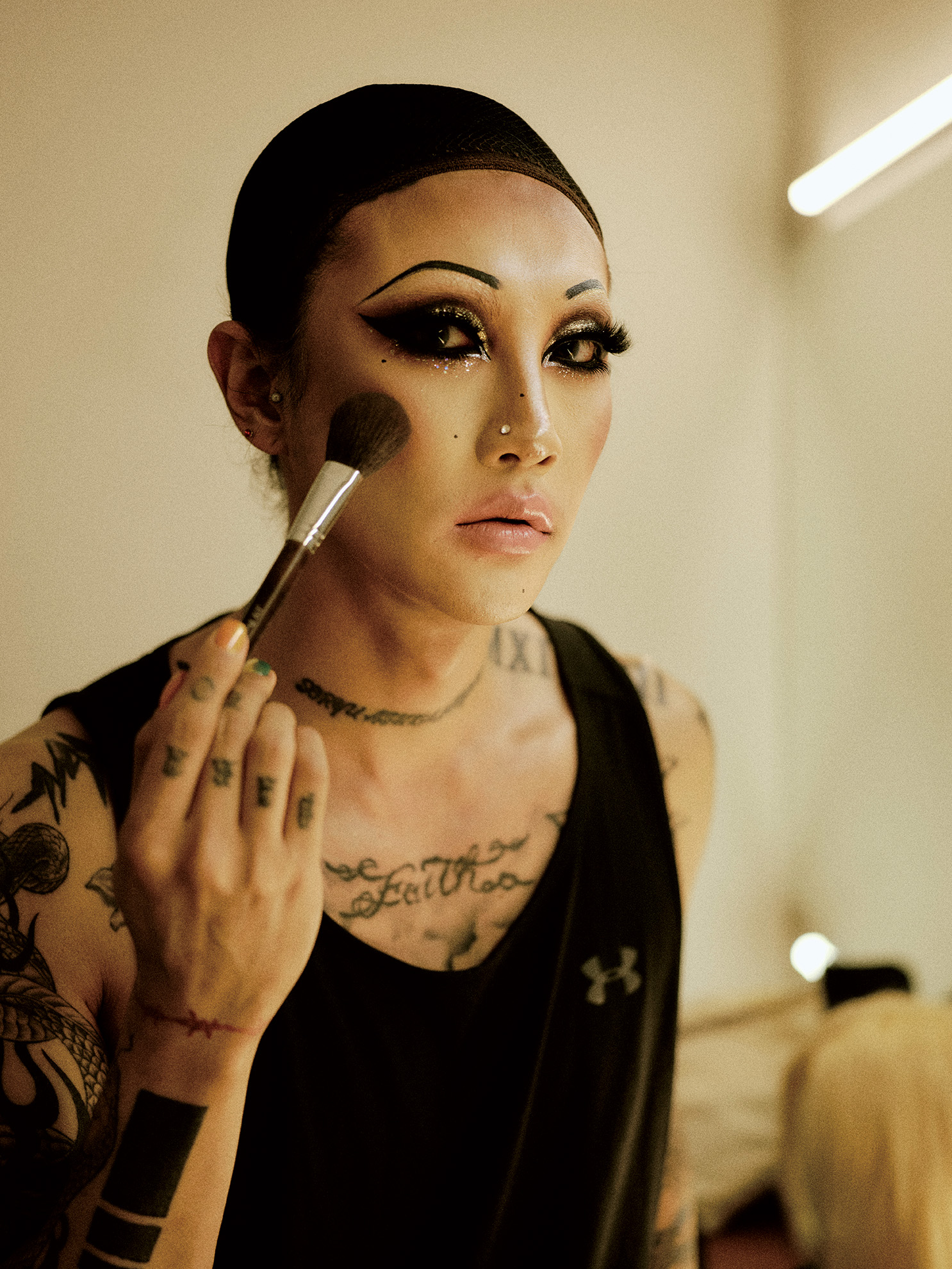
© 2022 less_TAEKYUN KIM
“When I was talking to Lia Kim,” Bae explained, “she said a lot of a lot of young Korean K-Pop idols, when they see Beyonce, say, ‘Oh, I want to be really like her.’ But they’re not just thinking it; they will spend nights and thousands of hours to perfect themselves, to get to that level and create something of their own. So I think that attitude and resilience and hardworking ethics make K-Style.”
Yet however striking the people in the book seem, there’s often an underlying sense of exhaustion in their interviews. If Korean creators are in large part the benefactors of the fast-paced digital world, then they are equally at the mercy of its instantaneous nature. As Serian Hue, visual director at entertainment corporation HYBE and former Digital Director at Vogue Korea, says in the book: “Koreans consume trends too quickly and eating too fast causes stomach ache.”
Or, as Fiona reiterates succinctly, “Trends come to Korea to flourish and die.” Whatever’s fashionable one day, might seem outdated the very next. Thankfully, there’s a degree of honesty amongst the book’s interviewees, such as Kyuhee Baik, Head of Stüssy Korea, who admits to the pressure of Seoul’s creative sectors, or the few who express the need to move abroad sometimes to replenish their artistic reserves.
For Fiona, whilst she believes K-Style “is here to stay”, she nonetheless considers just how sustainable K-Style’s fast-paced nature is. “I do worry. For instance, Na Kim [the graphic designer who wrote the Foreword to the book and who’s leading an exhibition at the V&A, Hallyu! The Korean Wave, which commences this week]; she and I have a lot of similar opinions about K-Style. She pointed out that Korea is full of contrasts.
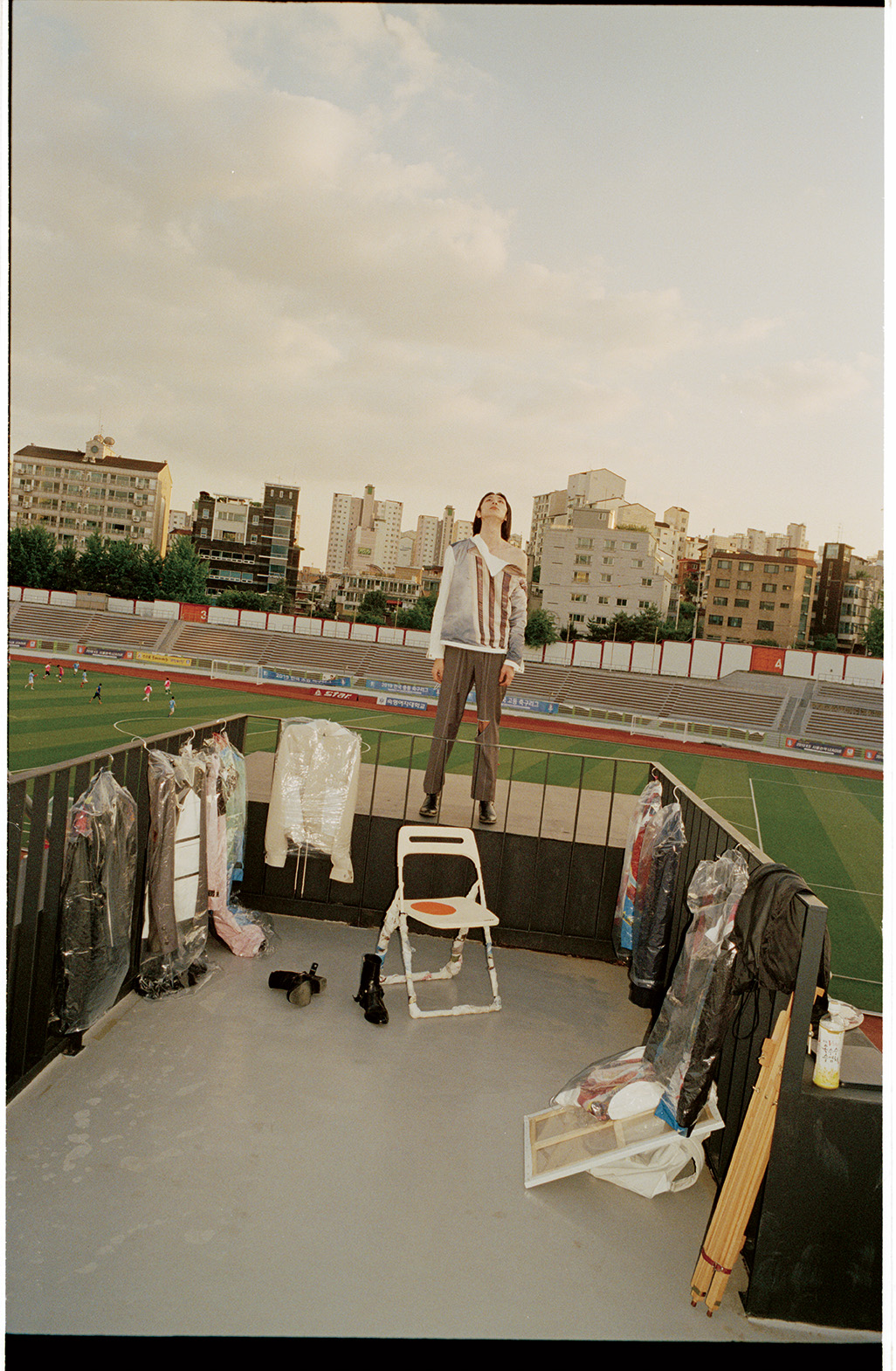
© 2022 less_TAEKYUN KIM

© 2022 less_TAEKYUN KIM
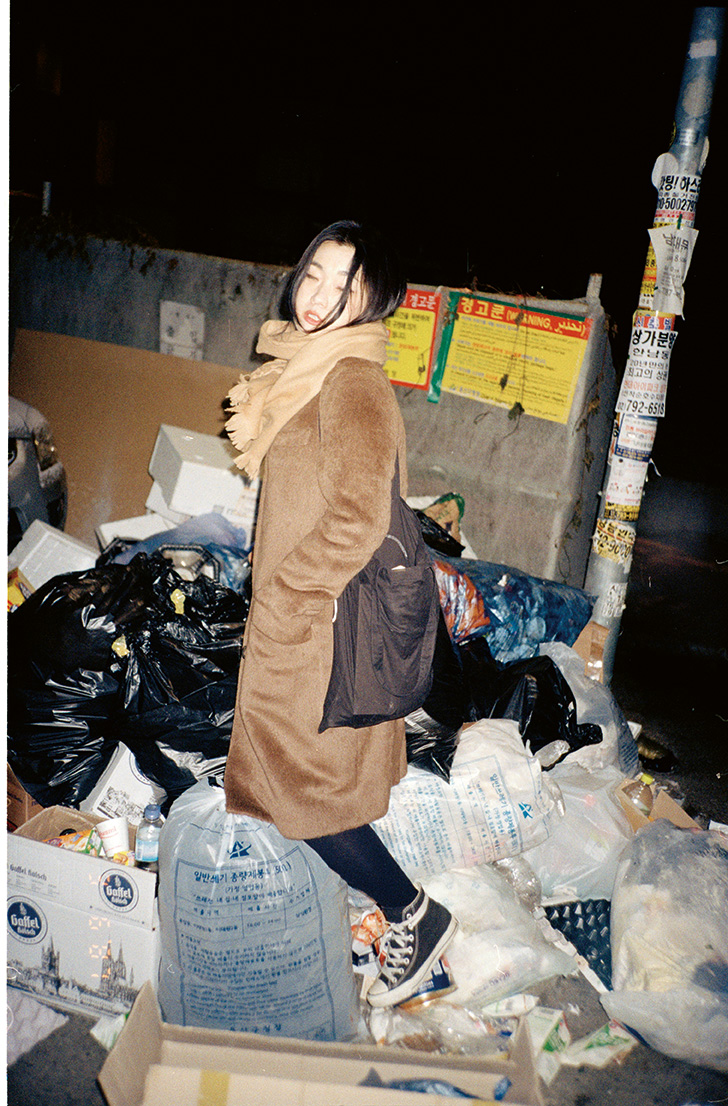
© 2022 less_TAEKYUN KIM
“There are two sides. It’s so competitive, and it’s so fast, it’s exhausting. And if you don’t keep up, it can be very stressful. A lot of people I interviewed told me that no one can be idle. You have to keep up with the trends and you have to stay relevant. And that’s really exhausting.
“And I worry, for instance, about the current system of K-Pop. I actually heard some stories about some idols having mental health challenges. And the entertainment labels won’t even want them to see the doctors because they’re afraid that if one leaks, it will impact their reputation. So there is quite a depressing side of Korean society that we need to address as a whole.”
Indeed, the stats reflect this. In recent years, the nation has had one of the highest suicide rates of any of the developed nations in the world, especially among young people. Earlier this year, too, the country broke its own record for the world’s lowest fertility rate. And there’s been continual controversy as well, Fiona notes, over proposed plans to abolish the country’s Ministry of Gender Equality – despite it ranking consistently poorly for its gender pay gap.
All in all, despite the often-glistening presentation of the country’s entertainment sector – from BTS’ near-perfectly choreographed GRAMMY performances to Ariana Grande’s flaunting of Korean fashion from Miss Sohee – not everything is entirely rosey.
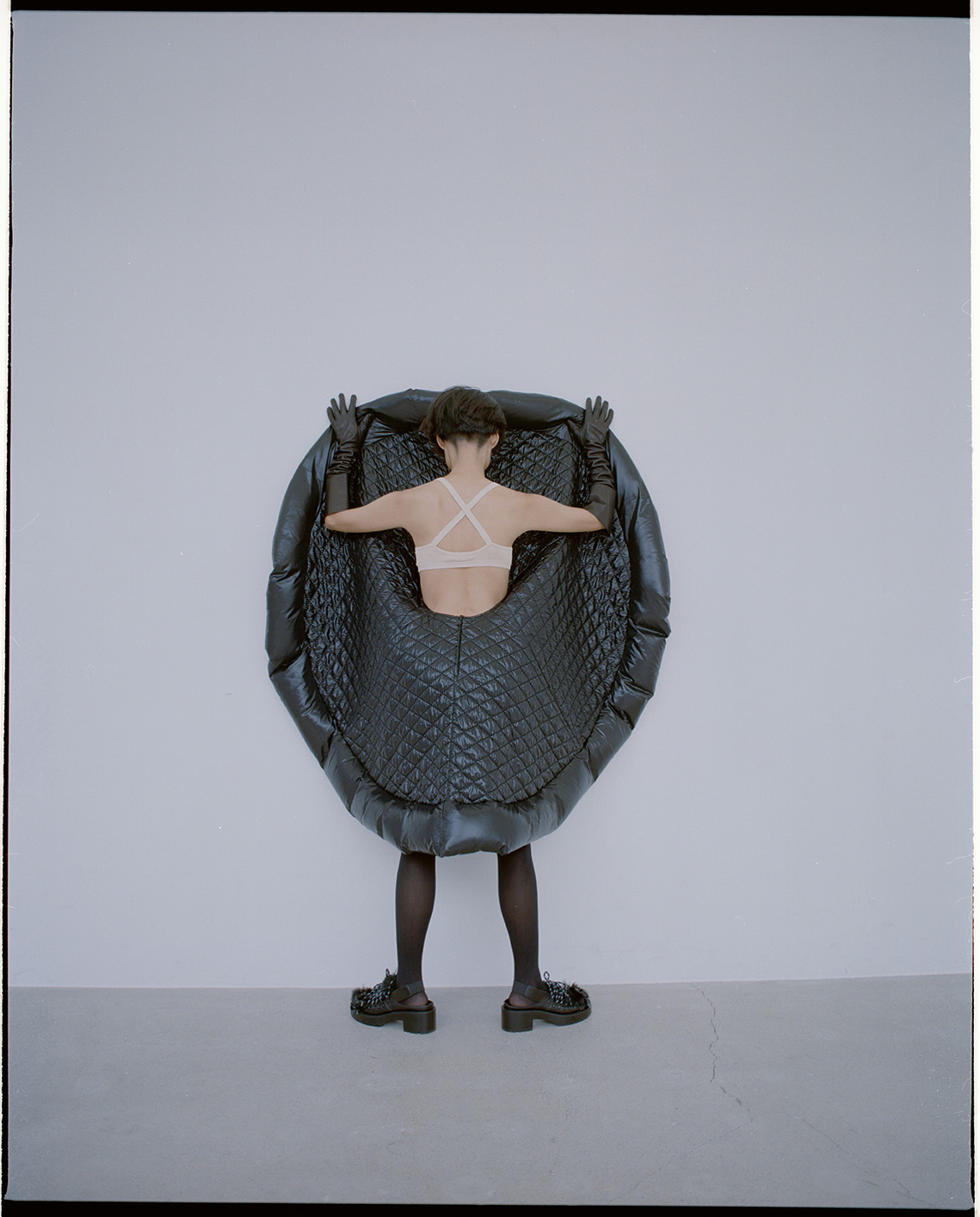
© 2022 less_TAEKYUN KIM
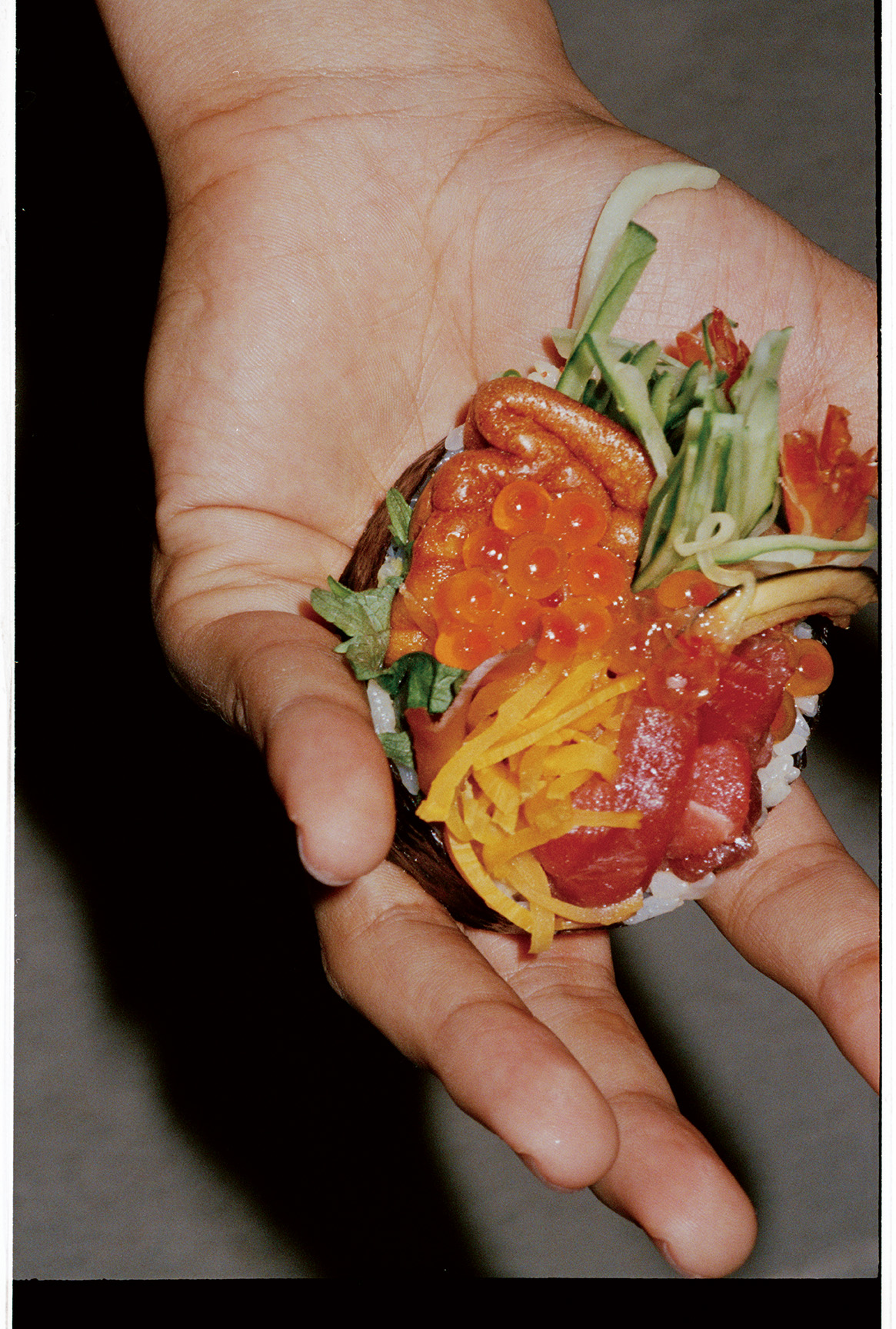
© 2022 less_TAEKYUN KIM
But there’s growing optimism that such pressures and the experience of working and living in the country, especially in its capital, can be resolved. In many ways, this competitive, sometimes exhausting environment is an example of Korea being the victim of its own success. The cultural work ethic which has helped propel its creative industries is something it can now reckon with. And the first step is to acknowledge the issues.“I am hopeful,” Fiona says, on the prospect of overcoming this challenge, “We need to have collective efforts and other voices need to be heard. But I’m hopeful that, after interviewing all these amazing creators that are trying to make an impact, we can make Korean society less stressful and more liveable.”
As for the future of K-Style, Fiona predicts an expansion of other sectors beyond K-Pop and K-Drama; an increasing use of that solitary ‘K-’, which adds so much with so little.
“I think there’s going to increasingly be K-Fashion, K-Music (of other genres) and K-Food”; an interview in the book with chef Mingoo Kang, who helped establish modern Korean dining at his flagship restaurant Mingles, gives a nod to the latter.
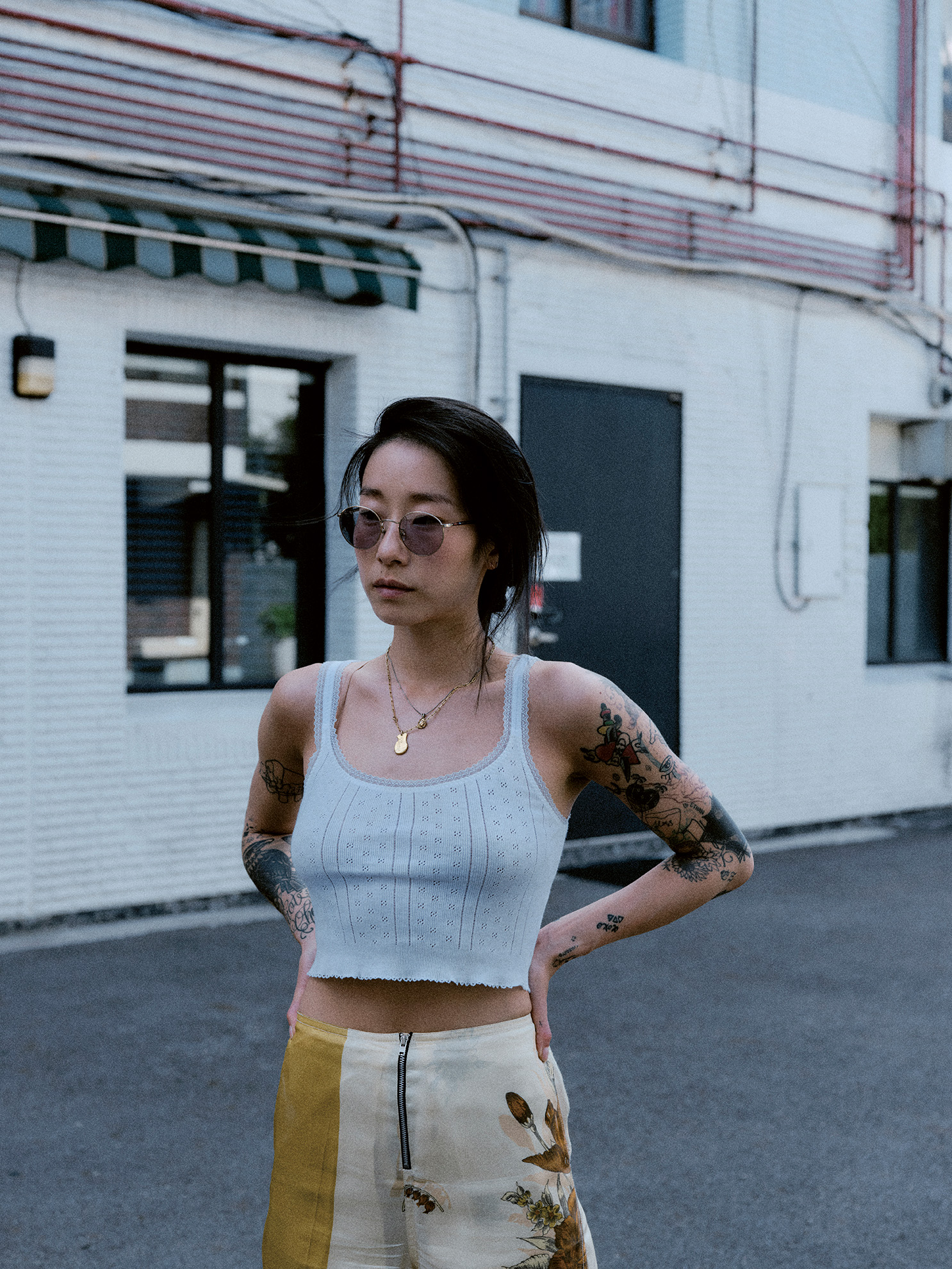
© 2022 less_TAEKYUN KIM

© 2022 less_TAEKYUN KIM
“I think there are still lots of interesting areas to emerge,” she adds. “So I think Korea will keep the world entertained.”
Reading the voices of Korea’s burgeoning creative scene present in Make, Break, Remix: The Rise of K-Style, there’s very little doubt about that. How it does so without burning out remains the next question.
Make, Break, Remix: The Rise of K-Style from Thames & Hudson is available to buy now.


